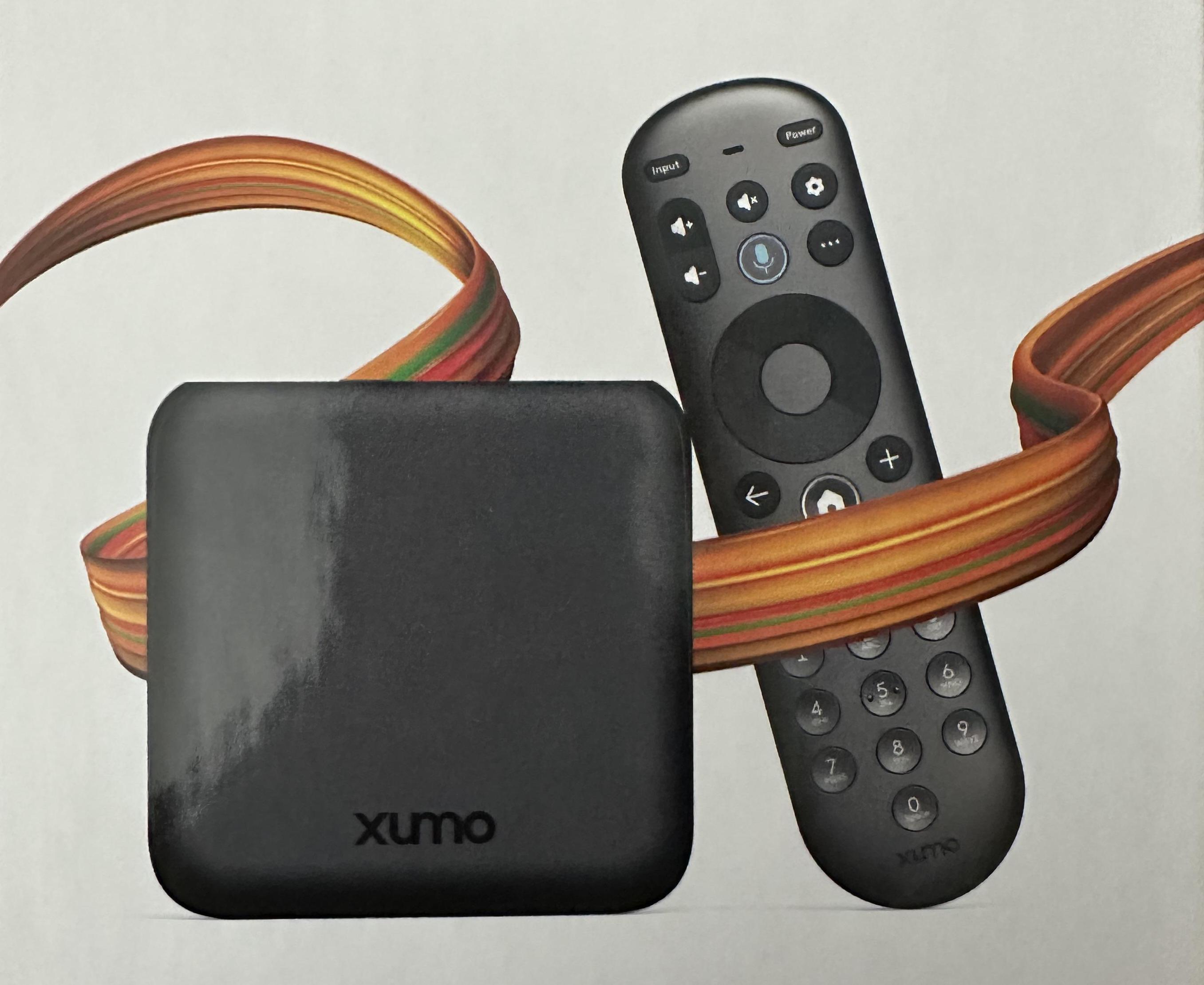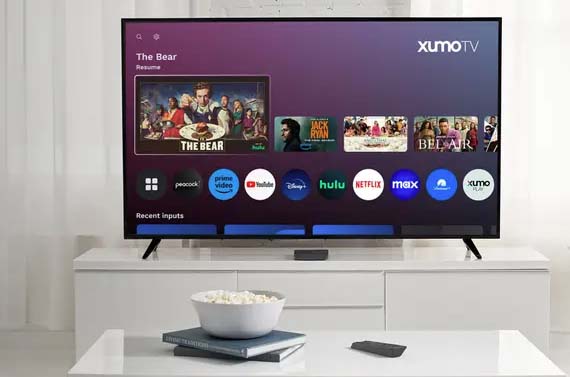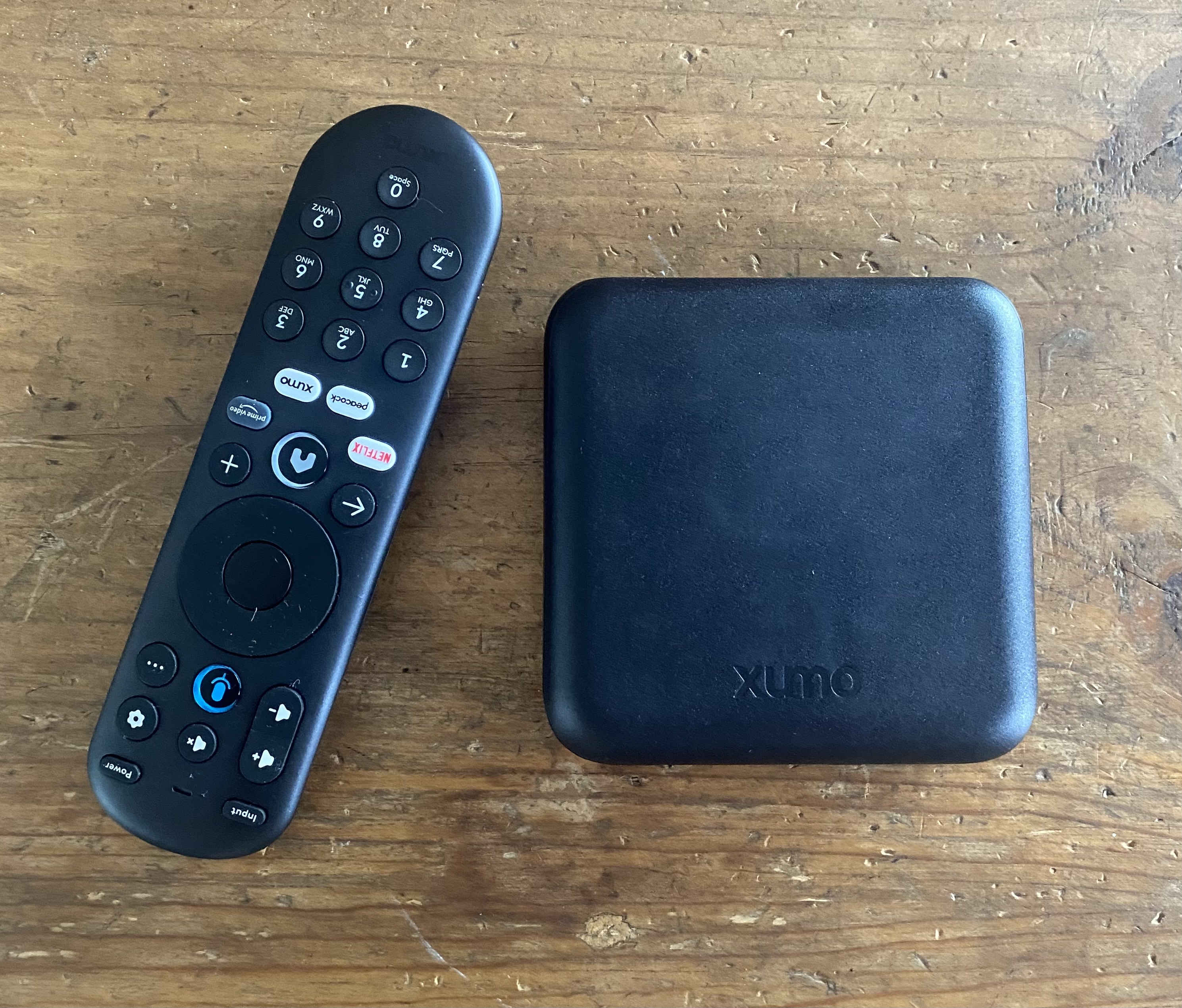Xumo TV: Everything You Need to Know About the Comcast and Charter Streaming OS Joint Venture
An up-to-date look at the TVOS JV being launched by America’s biggest cable operators

Comcast and Charter Communications have been working to proliferate their IP-based video distribution joint venture, Xumo, across the North American cable industry and beyond.
Xumo is designed to protect cable’s core broadband product and maintain its prominent position on the home screen while gathering all of the rich data that targeted advertisers so crave these days.
In July, Charter Communications CEO Chris Winfrey told equity analysts that the cable operator will make Xumo its “go-to-market platform for new video sales.”
Xumo enables Charter to continue to offer bundled video options in an app-based format, sans pay TV set-top and truck rolls, existing side-by-side with third-party services including Netflix and Disney Plus.
LInear cable video isn't necessarily going away immediately. In early December, Charter chief financial officer Jessica Fischer reminded analysts at the UBS Global Media and Communications Conference in New York that quadrature amplitude modulation, or QAM, the digital encoding standard for linear cable video, “is going to be with us for a long time.” She added that also while Charter is giving the self-installed Xumo Stream Box to its new video customers, it’s not actively looking to purge legacy Cisco Systems-enabled World Box set-tops from existing Spectrum TV subscribers.
Still, the takeaway was that Charter was in the JV for the long haul, and that this kind of venture was always destined to be a long-term commitment.
With the traditional pay TV industry in a state of secular decline, in April 2022 America’s two biggest cable operators, Comcast and Charter Communications, launched a joint venture to build an operating system and an entire ecosystem of apps designed to preserve the incumbents’ gateway into the living room and give them a platform to expand into out-of-footprint markets across the U.S. and internationally.
NEXT TV NEWSLETTER
The smarter way to stay on top of the streaming and OTT industry. Sign up below.
At the core of Xumo is Comcast's EntertainmentOS, a TVOS rooted in Comcast’s flagship X1 operating system and further developed through the conglomerate’s “Sky Glass” initiative in Europe.
With the technological foundations already laid by Comcast, Charter committed $900 million to the Xumo TV JV at the time to help expand the platform to handle a new generation of devices and develop additional functionality.
The Xumo TVOS leverages the Xumo branding established by the eponymous free ad-supported streaming (FAST) service Comcast acquired in 2020 for $100 million. That was at a time when FASTs were still considered a bit of a backwater, where distributors could tap some incremental revenue on cheap library content and re-runs that appealed to the nostalgia of a relatively small niche market of viewers.
With the new branding, the original Xumo FAST platform is being billed as Xumo Play.
Xumo TV
Comcast’s previous attempt to establish a TVOS have also given way to the Xumo brand.
Comcast’s Flex set-top boxes. for example, have been replaced by new the Xumo Stream Box as the free streaming gadgets Comcast hands out to its broadband-only customers going forward. Also, the company’s line of XClass TV smart TVs are being replaced by Xumo TV-branded sets manufactured by Hisense, Element and others at retail.
In June the first Xumo-branded Smart TV manufactured by Element Electronics went on sale at Walmart and other retail partners with screen sizes ranging from 43 to 65 inches.

It’s hard to gauge what the consumer response has been so far to the Xumo-powered smart TVs.
As Next TV reported in September, after four months on the market, while those Element sets garnered great reviews, they were being marked down by as much as 34%.
In the run-up to Christmas, Pioneer became the third TV set manufacturer to introduce sets built on Xumo’s TVOS, launching sets at Best Buy. It’s worth noting that those sets are actually manufactured under license by China’s TCL.
Xumo Stream Box: The Trojan Horse
Last fall, Charter started doling the puck-sized Xumo Stream Box to new Spectrum TV customers free for one year. Existing Spectrum internet and TV customers can obtain the device via “purchase or for a service fee.” The purchase price is $60.

An October 2023 Next TV review of the Xumo Stream Box plug-in device noted that while lack of second-tier apps was still problematic, “the Stream Box could be the Trojan Horse that ultimately extends Big Cable’s control of the connected living room.”
At SCTE Cable-Tec Expo in late October, Marcien Jenckes, president of the Xumo JV reported that Middletown, New York-based Mediacom Communications will also start distributing the new Xumo Stream Box to its customers in the coming months.
Comcast made its announcement that it would offer one free Xumo Stream Box to all its broadband customers in early December.
Xumo Play
Meanwhile, the company’s FAST channel lineup has been growing in leaps and bounds throughout 2023, with Xumo Play now fielding more than 300 channels.
Corporate sibling NBCUniversal has been furnishing Xumo with a wide range of FAST channels built around a broad range of NBCU entertainment, news, sports and Spanish-language content.
While some channels cover genres, the FAST space has plenty of room for others to zoom in on individual series or studio IP ranging from Saturday Night Live and Bravo favorites Top Chef, Real Housewives and Keeping Up With The Kardashians to black-and-white classics, including The Lone Ranger, Lassie and Alfred Hitchcock Presents.
In terms of news, Xumo has easy access to corporate siblings NBC News Now and Sky News. In July, Comcast absorbed NBC News Now and 19 Xumo-Branded FAST channels into the Xfinity X1 UX platform.
In terms of sports, in April 2023, Comcast added the NFL Channel to its Xumo Play FAST service, kicking off with extensive coverage this year’s NFL draft. Speedvision roared onto the platform in September.
There’s even enough room on the dial for hyper-local FAST services like Cox Media Group’s Neighborhood TV, which was recently added to the lineup, covering more than 100 local neighborhoods spread across Atlanta, Georgia and Charlotte, North Carolina.
The Evolution of Xumo TV: A Timeline
Comcast first rolled its X1 cloud-enabled video platform for Xfinity TV pay TV customers in 2012. The platform quickly became popular among subscribers for its ease of use, incorporating apps from all of the major OTT services at the time.
Over the years, Comcast and its white-label X1 partners touted the platform as a major churn buster, reporting huge growth in video-on-demand and DVR usage.
In 2014, the third largest cable operator in the U.S., Cox Communications, became the first to license a white-label version of the video operating system, which it branded as Contour.
In 2015, Canadian cable company Shaw Communications wrote down $55 million it had already invested in developing its own platform and licensed the white-label X1 platform, branded as BlueSky TV.
In 2016, Canadian operator Rogers Communications came on board, branding its white-label iteration of X1 as Ignite TV. At the time, Rogers wrote off almost $500 million it had already invested in developing its own platform.
In 2017, Montreal-based Vidéotron licensed the X1 platform for its Helix-branded platform.
In 2019, Comcast released a thin-client offshoot called Xfinity Flex for its growing ranks of customers who only subscribe to broadband. The $5-a-month streaming platform offers access to popular SVOD platforms like Netflix and Amazon Prime Video along with AVOD services like Tubi and, of course, Xumo, plus VOD content for rent through Comcast’s transactional store.
At that point, it became evident that Comcast had set its sights much higher — that the ecosystem it was building was evolving into a full-blown TVOS destined to compete with the likes of Roku, Amazon Fire TV and Android TV.
But to do that, it would have to be available far beyond the relatively limited footprint of Comcast and its white-label partners.
The Competitive Field
The Comcast-Charter Xumo TV joint venture landed in a crowded field, with Roku and Amazon Fire TV firmly entrenched in the U.S., and plenty of competition from TV set makers like Samsung, LG, Vizio, not to mention a large installed base of Android TVs as well as its new incarnation as Google TV.
Freelancer Scott Lehane has been covering the film and TV industry for almost 30 years from his base in southern Ontario, near Toronto. Along with several Future plc-owned publications, he has written extensively for Below the Line, CinemaEditor, Animation World, Film & Video and DTV Business in the U.S., as well as The IBC Daily, Showreel and British Cinematographer in the U.K. and Encore and Broadcast Engineering News in Australia, to name few. He currently edits Future’s Next TV, B+C and Multichannel News daily SmartBriefs. He spends his free time in the metaverse, waiting for everyone else to show up.

